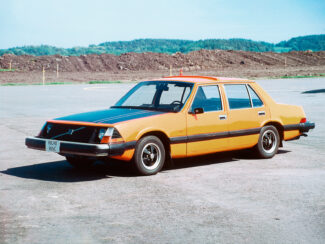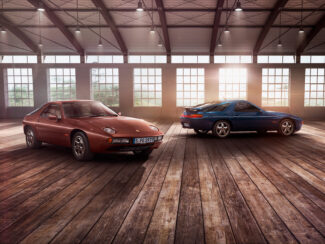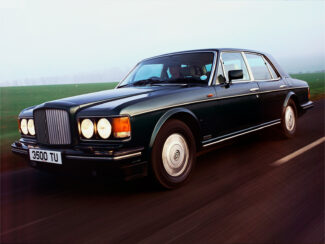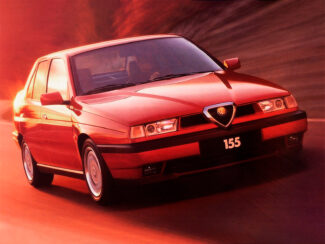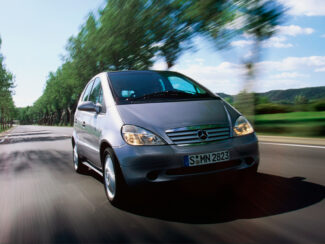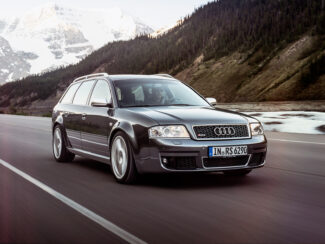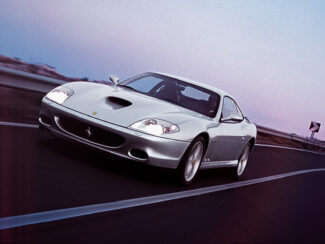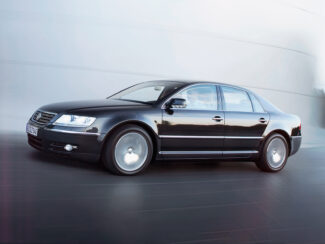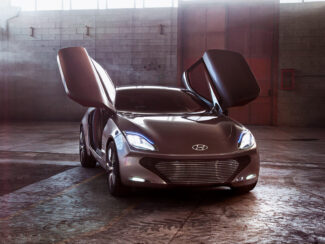
MATRA-SIMCA RANCHO

At the GIMS 1977, Matra-Simca presented the Rancho. Rancho is the brainchild of a genius engineer, Philippe Guédon, and a visionary businessman, Jean-Luc Lagardère both working for Matra. In the mid-1970s, the demand emerged for a “green”, simple and affordable leisure vehicle, capable of venturing onto roads that were more or less passable. Apart from the Range Rover, there were no ‘civilised’ 4x4s and most off-road vehicles were derived from the famous Jeeps.
Based on a Simca 1100 VF2, an LCV with a reinforced chassis and high ground clearance, Guédon replaced the rear sheet metal cell with a windowed one made of fibreglass, a speciality of Matra. The interior was fitted with an extra bench seat and family car features. The Rancho was born.

The mechanical elements are borrowed from various Simca models, which have been widely used and proven to be reliable. The 1442 cc “Poissy” engine developed 80 PS and 118 Nm. For cost reasons, the AWD was never considered. With the integration of Simca in the PSA group, the Rancho took the name of Matra-Talbot from MY1979.
The original plan was to produce 25,000 Rancho. In the end, no less than 57,000 units were sold. Over the years, various limited series will be produced, as well as different trim levels and even a convertible version. The catalogue of accessories was also expanded, including a couchette, a second bench seat and other equipment for off-road use such as a winch. It became the favourite of both professionals working in the wilderness and outdoor enthusiasts of all kinds.

In 1983, Matra ceased the production of the Rancho, which was sold until 1984. It was replaced on the Matra production lines by another of Philippe Guédon’s inventions, the Renault Espace. But that’s another story.
Initially conceived as a niche vehicle, the Rancho actually paved the way for a new type of car. More than 20 years ahead of its time, the Rancho prefigured both the crossover and Leisure Activity Vehicle/MPV trends, embodied today by family versions of the Renault Kangoo, the Peugeot Rifter/Citroën Berlingo/Opel Combo Life, VW Caddy, Ford Tourneo Courier/Connect, or the recent Mercedes T-Class and Dacia Jogger.



